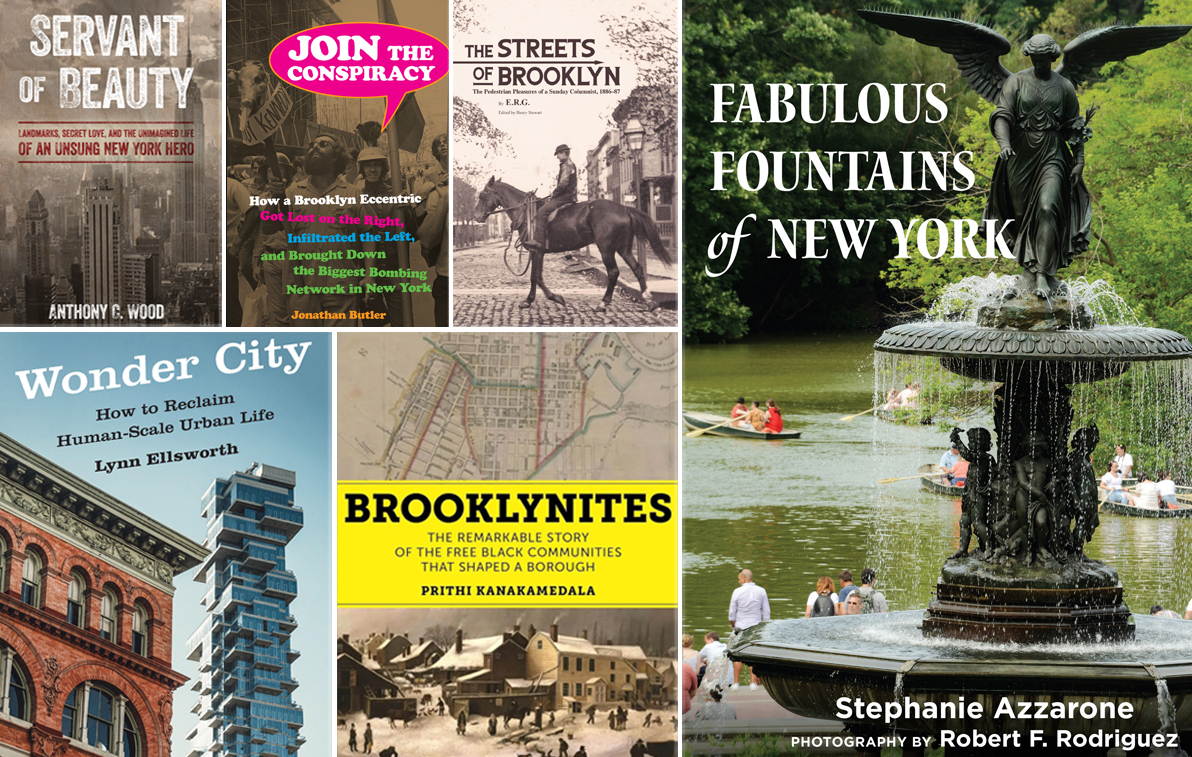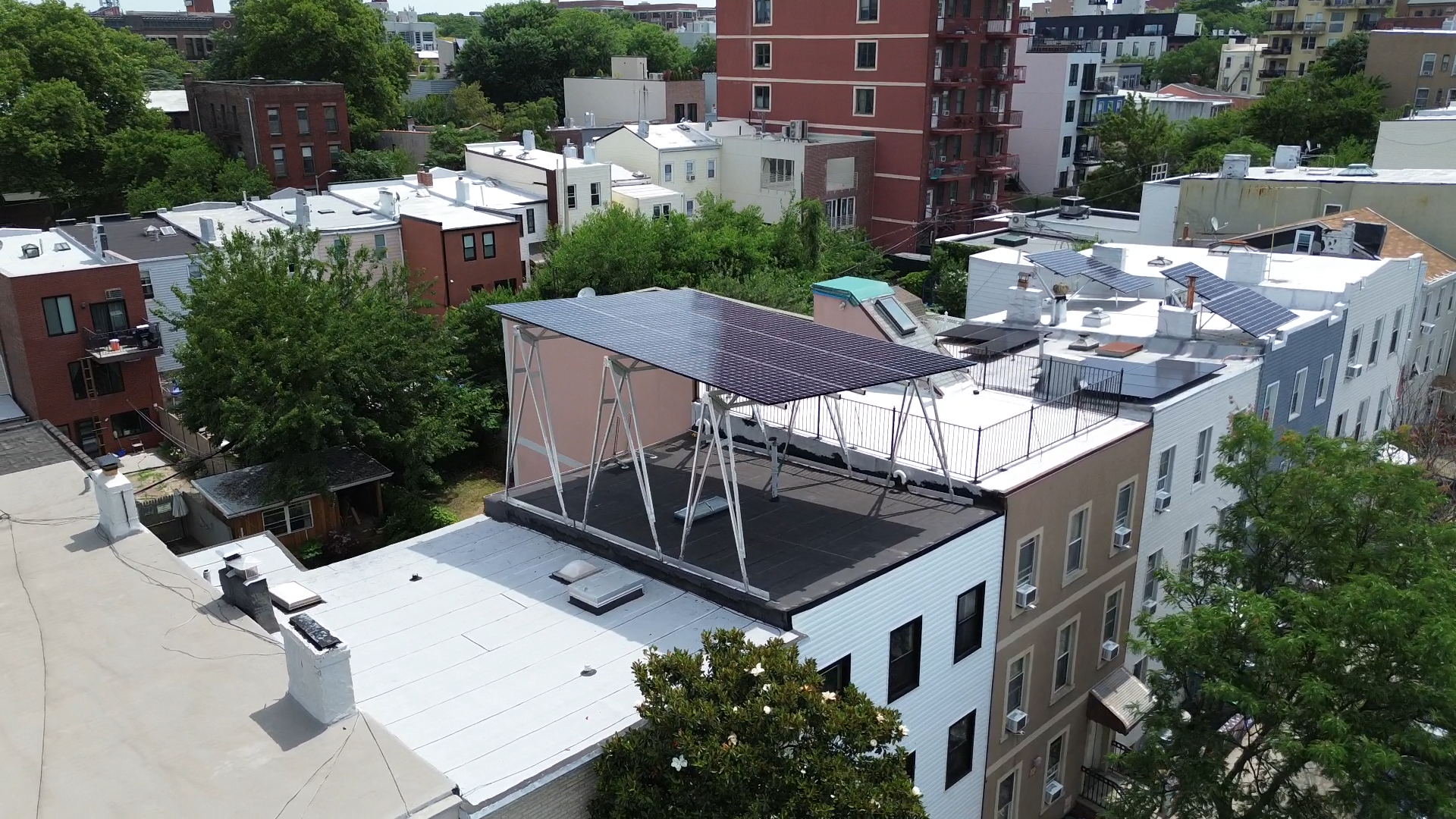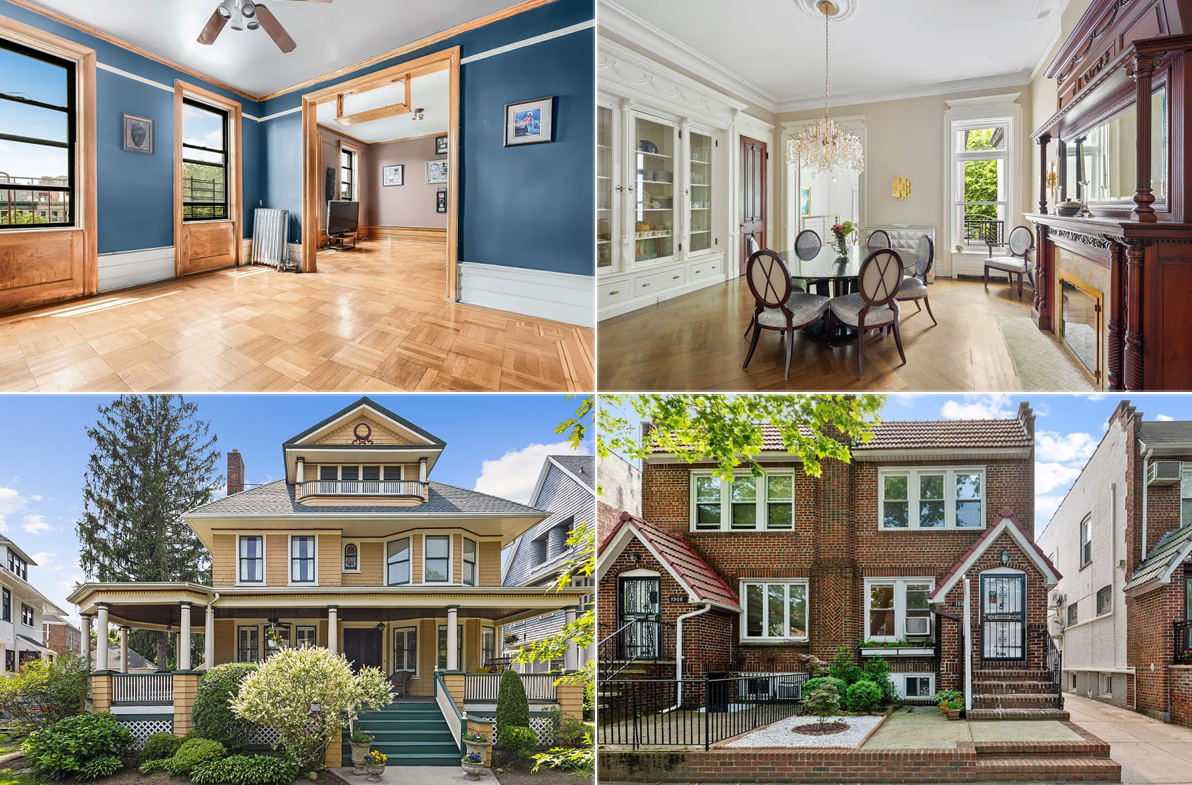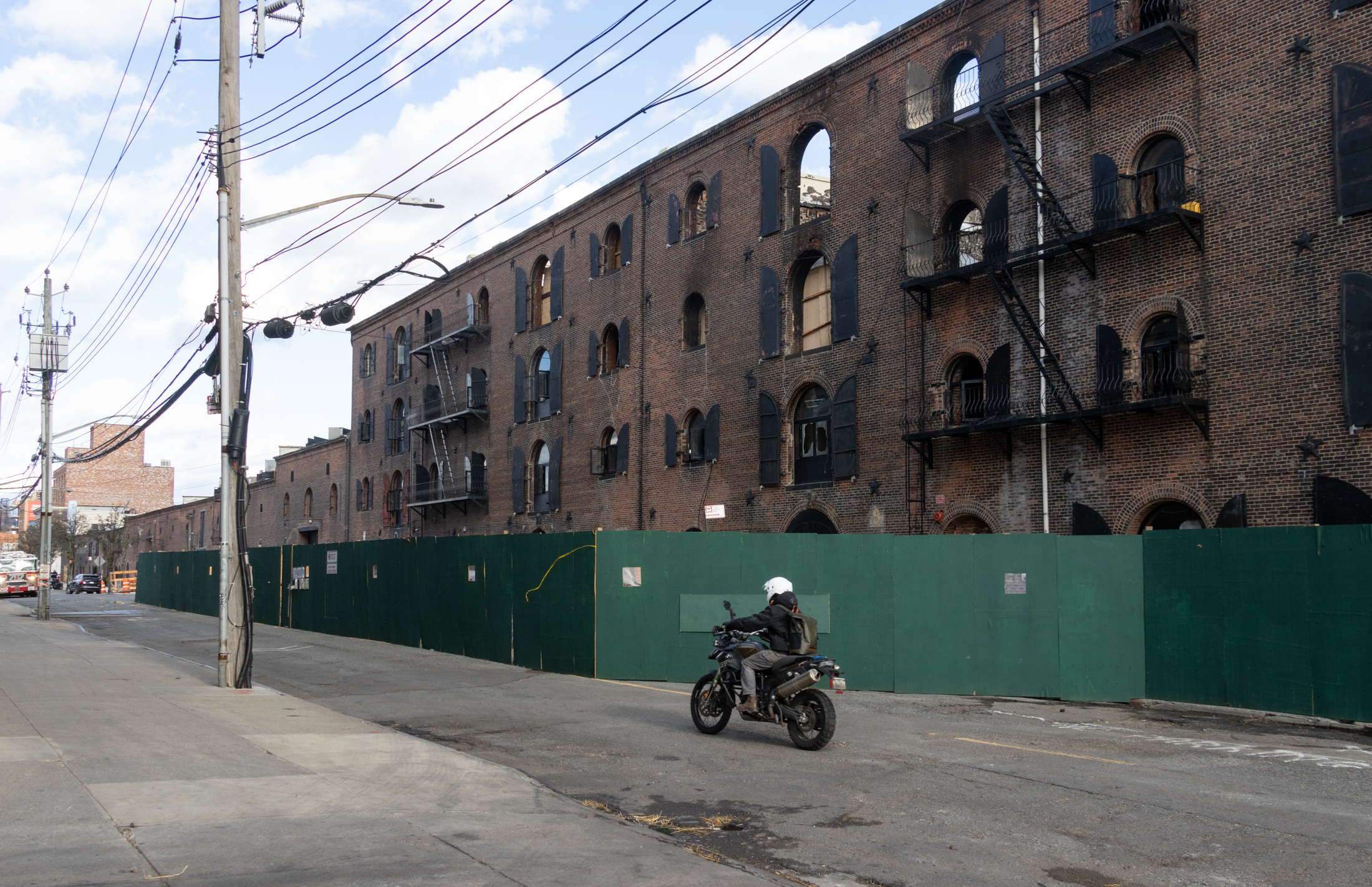The New Gentrification
The Friday Times took another look at the work of Jane Jacobs, who “waged heroic war against planners who dreamed of paving the Village’s cobblestone streets, demolishing its tenements and creating sterile superblocks.” According to Sharon Zukin, a Brooklyn College sociology professor and author of Naked City: The Death and Life of Authentic Urban Places,…


The Friday Times took another look at the work of Jane Jacobs, who “waged heroic war against planners who dreamed of paving the Village’s cobblestone streets, demolishing its tenements and creating sterile superblocks.” According to Sharon Zukin, a Brooklyn College sociology professor and author of Naked City: The Death and Life of Authentic Urban Places, saving the cobblestone streets and old architecture may retain a neighborhood’s character superficially, but is doesn’t do much for the community who gave the neighborhood its soul. Zukin paid a visit to Williamsburg (“the East River gold coast”), where she pointed out “a low-slung old granary with a MacBook-speckled coffee bar” and said, We’ve gone from Jacobs’s vision to the McDonald’s of the educated classes. Are you buying what Zukin’s selling?
A Contrarian’s Lament in a Blitz of Gentrification [NYT]





“Do you think a Con Ed worker has the money and time to deal with keeping up a brownstone,once any exterior renovation has to be approved by the LPC? Do you think he or she has the money to buy LPC-approved windows or doors?”
Anyone who’s been a Con Ed electrician or similarly certified technical employee for several years or more will actually be fairly well compensated. Perhaps they won’t be wealthy, but such a person could certainly afford a home in my neighborhood, (Crown Heights), much of which is landmarked and has a high percentage of black residents.
“A much more interesting story for today is how the de-segragation of the city will effect us in the future. To me, that seems more timely than the notion of gentirfication in places like the Village, which as someone stated, was a current topic about forty years ago.”
Yeah.
Brownstoners love beautiful architecture and the charm and human scale of “historic neighborhoods” but there is something freaky/creepy/deadish about it too when that sentiment becomes simply nostalgic, driven by an attachment to the past simply because it is past and not driven by the living breathing communities that the architecture serves. Sometimes preservation seems silly. Like the saving a crappy old sign on a stinky, good riddance bodega on Lafayette Avenue. Sometimes old is just old and should be tossed out if it doesn’t work for communities. Some stuff should just die. Cobble stone streets are quaint, but I never really understood what cobblestones do for anyone. OK, so they came from a quarry in Belgium in the 17th Century. BFD. They are not pedestrian friendly. A la, the Bed Sty story about the LPC’s attachment to the facade of the collapsing buildings. I love human scale architecture not only because of it charm, but the way in which it encourages interaction of neighbors, although all interaction isn’t fun.
Demographics for Park Slope >West Village>Upper W side
Race:
ZIP 11215 10013 10024
Hispanic/Latino: 26.6% 4.7% 11.1%
White*: 57.2% 41.7% 77.7%
Black*: 6.9% 4.6% 4.9%
Native American*:
Asian*: 5.4% 45.8% 4.2%
HI/Pac. Isl.*: 0.1%
Other*: 0.6% 1.2% 0.4%
Multi*: 3.1% 1.9% 1.6%
* Does not include individuals in this racial group
who identify as Hispanic/Latino.
Household Income:
ZIP 11215 10013 10024
<$10,000: 9.4% 14.7% 8.5%
$10,000-$14,999: 4.5% 9.0% 3.5%
$15,000-$24,999: 8.9% 12.1% 5.9%
$25,000-$34,999: 10.0% 10.7% 6.3%
$35,000-$49,999: 13.3% 11.3% 9.9%
$50,000-$74,999: 20.4% 10.7% 14.6%
$75,000-$99,999: 12.2% 7.2% 10.7%
$100,000-$149,999: 12.0% 8.4% 13.6%
$150,000-$199,999: 4.2% 4.2% 7.9%
$200,000+: 5.0% 11.6% 19.2%
Median: $53,313 $38,304 $78,066
You can play with the zip codes at this site
http://www.zipskinny.com/zipcompare.php
Posted by: IMBY at February 22, 2010 11:45 AM
10013 includes central Chinatown and Tribeca. Did you mean 10014 for the Village?
“Can we go back to the topic of the parties in Bushwick where arty liberals fornicate?”
I’ll sign your email address up for the list, Benson. We’ll have some fun.
cmu, I can’t afford to do what I’d like to do to my facade, either, but couldn’t afford it right now even if I didn’t live in a landmarked neighborhood. All things being equal, I’d still rather wake up in my less than spiffy place knowing that my neighborhood is going to look more or less the same, than worrying that when money is looser, anything, anywhere, is in danger of being replaced by something lesser.
> I’d love to screw an arty liberal!!!
Post a pic and we’ll talk.
Rob;
I meant screw in the figurative sense.
just make sure youre well stock up on lice and crab shampoo
*rob*